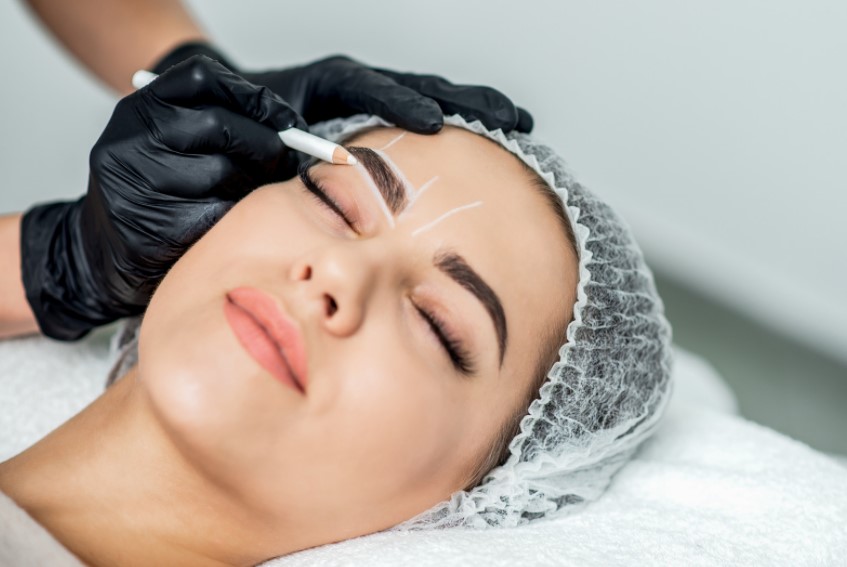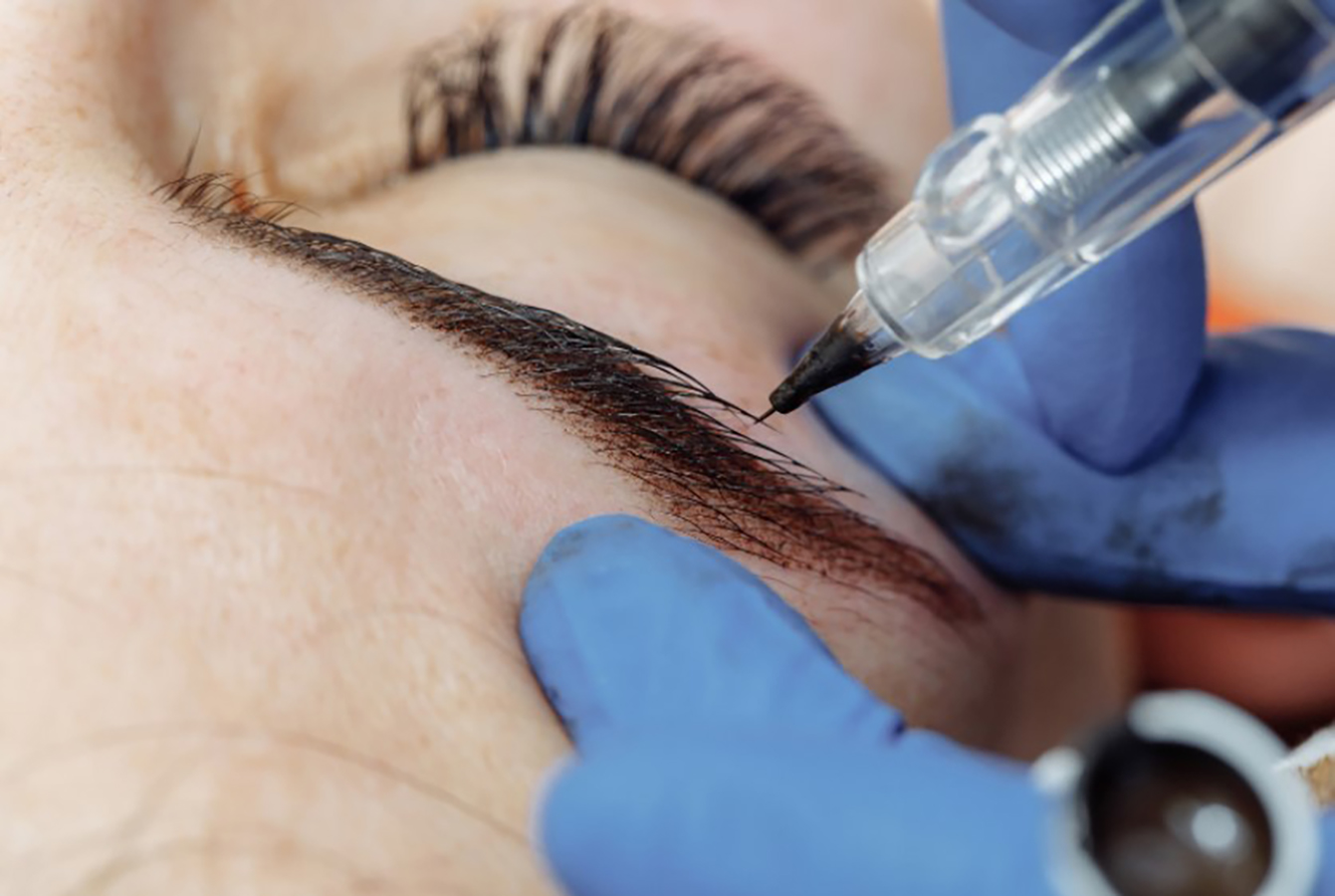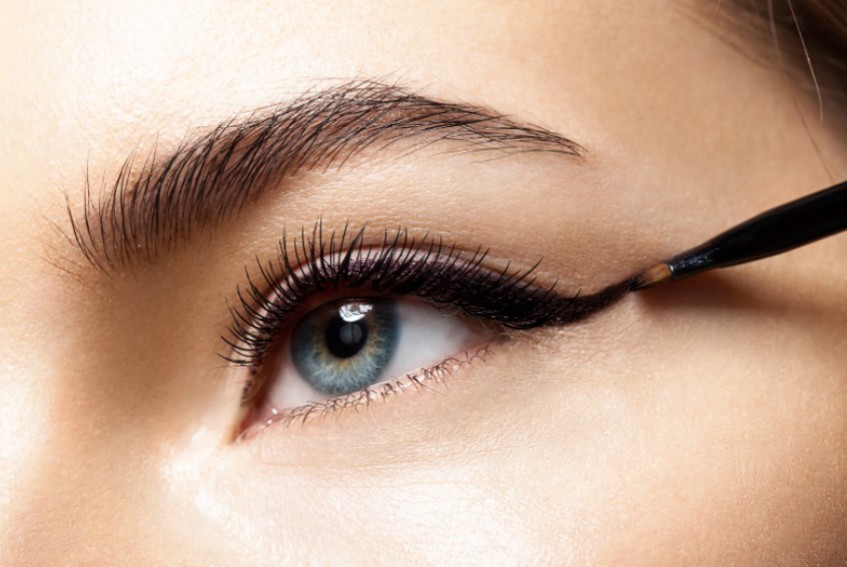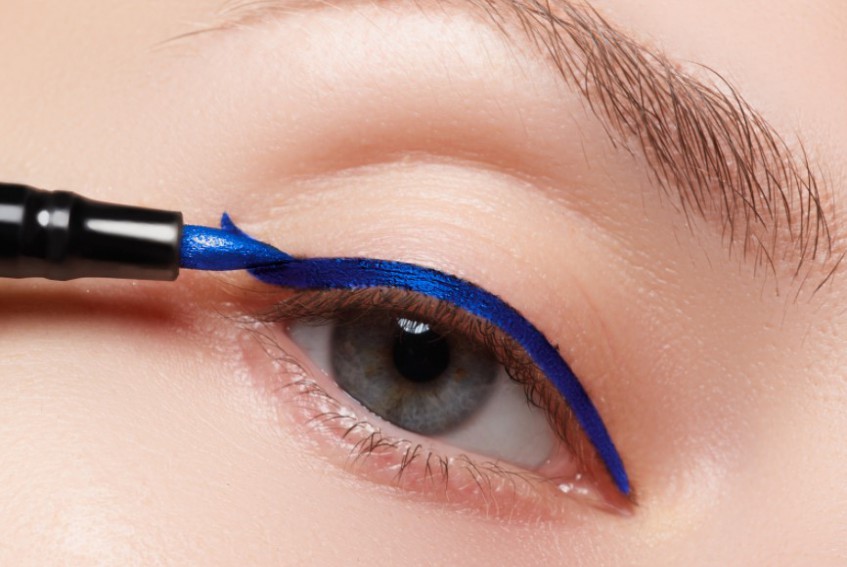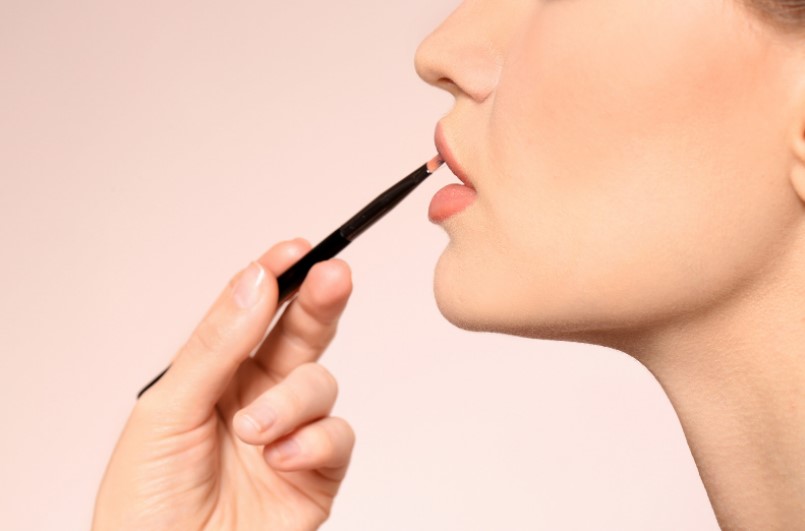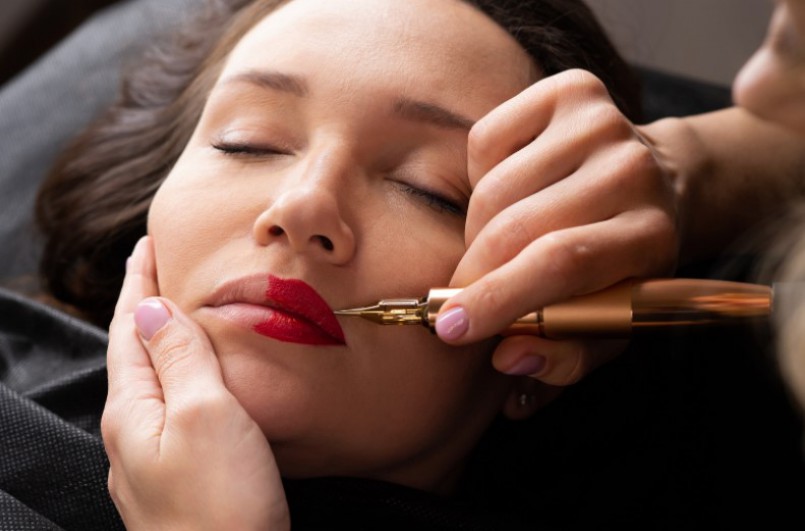General Semi-Permanent Makeup After Care

GENERAL SEMI-PERMANENT MAKEUP AFTER CARE
Because the procedure of semi permanent makeup is considered invasive, it’s natural to experience some redness, itchiness or tenderness immediately after your appointment. Don’t be concerned if your semi permanent makeup looks darker and bolder than you’d like when you leave. As your skin heals, the color will fade. During the healing process, you will be asked to apply a very thin layer of a topical ointment by your makeup artist to soothe your skin. It’s very important to resist the urge to scratch your skin or try to peal any of the scabbing that will occur, as pealing any scabbing on your own will not help the pigment to take into your skin!
HERE ARE OUR TOP 9 AFTERCARE TIPS:
1. Avoid Sun Exposure
It is highly recommended that you keep the treated area shaded from sun exposure until the healing process is complete; this includes both natural sunlight and the use of sunbeds. As mentioned before, the treatment area will already be very tender, so exposure to the sun will only result in complications to the treated area. Wearing large sunglasses when in direct sunlight will provide adequate protection to your eyebrows. However, Lips are harder to protect so you should avoid sun exposure and the use of sunbeds altogether.
2. Do Not Pick, Peel or Scratch!
If we were to give you one good advice! It is to never to pick, peel or scratch the treatment area. Scabbing and itching are normal; it shows that your body is naturally healing itself, so allow your skin to work its magic. While it may not look appealing, leave the skin to shed on its own and do its own thing! Disrupting the healing process through picking the scabs, itching or peeling dead skin will not only create an uneven pigment but will also dramatically increase the risk of infection. Allow your skin to take its natural course of healing for the best results!
3. Ease Swelling with A Cold Pack
Applying a cold pack will help ease swelling and work effectively as a comfort measure. Always try to use a refrigerator cold pack and avoid those that must be placed in the freezer. Cooling the skin works effectively, whereas using an ice pack will result in freezing the treatment area and may cause damage. Your treatment area would already be feeling somewhat delicate, which means that applying freezing temperatures to the skin risks complications due to frost damage.
4. Keep The Treatment Area Dry
Try to keep the treated area as dry as possible during the healing process. When showering or bathing, do not splash your face with water or use your standard face wash. Instead, apply a very small amount of ointment prescribed by your makeup artist to the treated area. Avoid any cleansers that include alcohol, acids or strong chemicals as it risks burning the treated area. If you accidentally get the treatment area wet, not to worry, simply pat the area dry very gently using a clean tissue or cotton pad.
5. Avoid Heavy Exercise
To maximize your results, avoid any form of exercise for five to ten days after your procedure. Light exercise, such as walking, is permitted as long as you do not sweat. Sweat is filled with salt which will begin to fade the pigment in the semi-permanent makeup. Salt is an ingredient that is used to remove cosmetic tattoos, so allow the skin to heal before doing any exercise.
6. Avoid Cosmetic Products
During the healing process, do not apply any type of cosmetic products to the treatment area; this includes both makeup and skincare. Applying makeup, moisturizers, serums, or any form of skin care product to the skin can potentially result in a reaction against the pigment, ultimately, causing an infection. Wait until your treatment area has healed and back to normal.
7. Sleep On A Clean Pillowcase
Pillowcases are one of the biggest culprits for harboring bacteria. The more preventative measures you can implement to stop bacteria from reaching the treatment area and the cleaner you keep your skin, the quicker the healing process. With this in mind, we suggest, for the first week or so, to sleep on a clean pillowcase every night. If you feel as if you may not have the time to wash your pillowcase each day, instead you can cover your pillow with a clean towel before going to sleep.
8. Limit Hot Showers and Baths
If you are okay with avoiding hot showers and baths altogether during the healing process, then that would be perfect during the healing process, but if not, limit the duration as much as possible. When spending a long period of time in a hot bath or shower, the steam will start to affect the treatment area. As mentioned before, you must keep the skin as dry as possible. Steam will cause excess moisture to build-up on the surface and also cause sweating; both of which will prolong the healing process and increase the risk of infection.
9. Pin Back Your Hair
For the first week after your procedure, try to keep your hair tied back and out of your face, especially when you sleep. Hair is capable of irritating the treatment area and spreading oil or bacteria. Therefore, increasing the risk of infection.

